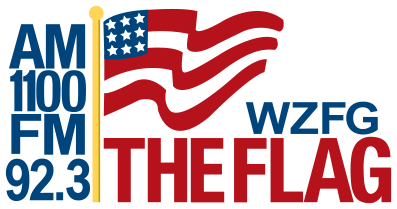(Fargo, ND) -- A new innovation that holds promise to fight lung cancer is now in use at Essentia Health-Fargo. Used to view the inside of the lungs and obtain a tissue sample for biopsy, the goal of Auris Health’s Monarch™ Platform is to enable earlier and more-accurate diagnosis of small and hard-to-reach nodules in the periphery of the lung.
The technology integrates the latest advancements in robotics, software, data science and endoscopy — or the use of small cameras and tools to enter the body through its natural openings. Essentia Health is the first hospital in our region to introduce the platform, which recently was cleared by the U.S. Food and Drug Administration.
“We are excited to bring the robotic platform to Essentia Health-Fargo, the only place in North Dakota that has the technology,” said Dr. Karol Kremens, an intensive care physician and the director of critical care at Essentia Health-Fargo. “This will allow us to diagnose patients with lung changes early on in a minimally invasive way while limiting risks common with current techniques. Getting a diagnosis early is crucial in lung cancer screening and treatment, and the Monarch robotic bronchoscope allows to do just that.”
More than 90 percent of people diagnosed with lung cancer do not survive the disease, in part because it’s often found at an advanced stage. In fact, more people die every year from lung cancer than from prostate, breast and colon cancers combined. There are a variety of diagnostic options currently available for lung cancer, but all have limitations in accuracy, safety or invasiveness. These drawbacks can lead to false positives, false negatives or side effects such as pneumothorax (collapsed lung) and hemorrhage, which may increase health care costs and extend hospital stays.
The Monarch platform features a controller-like interface that physicians use to navigate the flexible robotic endoscope to the periphery of the lung with improved reach, vision and control. Combining traditional endoscopic views into the lung with computer-assisted navigation based on 3-D models of the patient’s own lung anatomy, the Monarch platform provides physicians with continuous bronchoscope vision throughout the entire procedure.
Why is this important for patients? Those who have small, peripheral nodules can be diagnosed earlier — and via a minimally invasive procedure — allowing for more successful outcomes in the treatment of their lung cancer. They don’t have to wait until their cancer is Stage 3 or Stage 4 to begin treating it.





